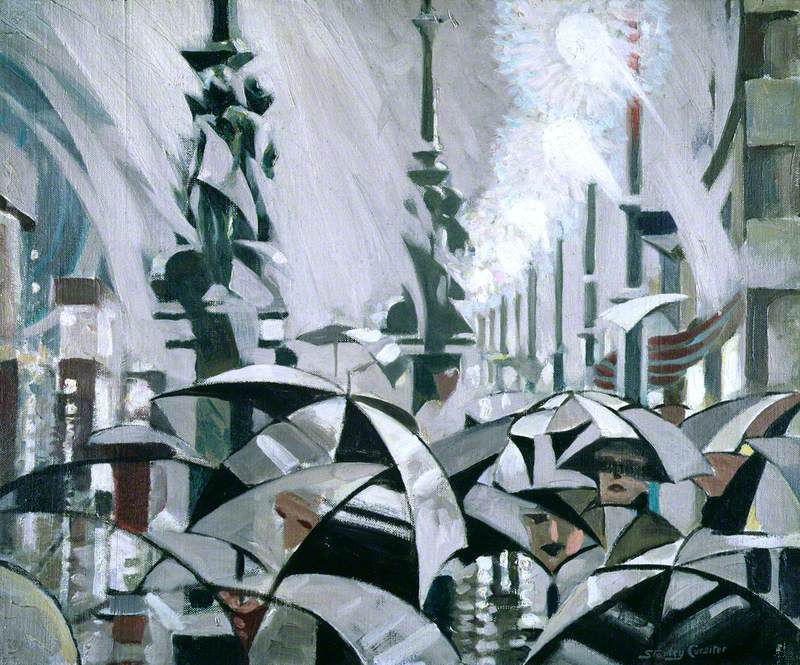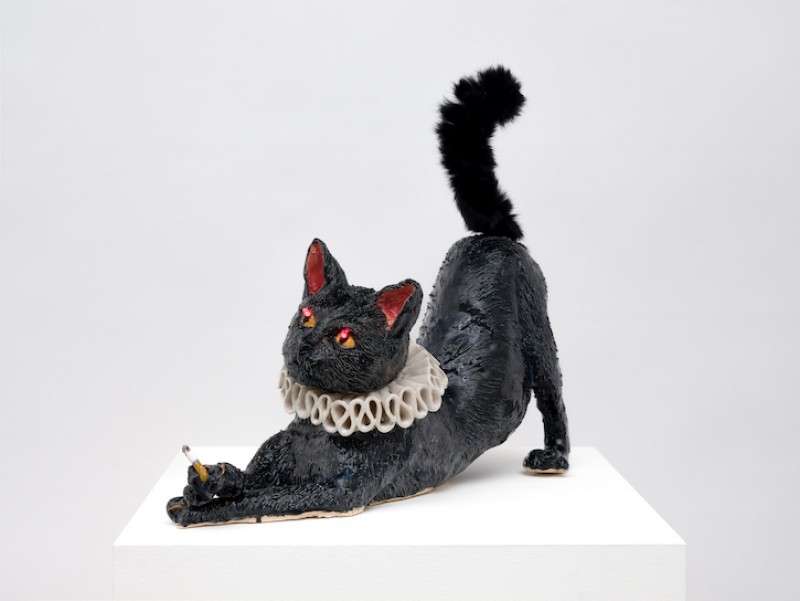Edinburgh Printmakers has made its home in four distinctive locations across Edinburgh over the past six decades.
Printmakers Workshop on Victoria Street
Founded by a group of artists in 1967 under the name 'The Printmakers Workshop', it was the first open-access studio in the UK which started out of a small storefront along Edinburgh's now Instagram-famous Victoria Street. The space was quickly outgrown and in 1975 the workshop moved to a larger space on Market Street above the Fruitmarket Gallery.
Studio setup at Market Street location
In 1984, the opportunity arose to take on a former washhouse on Union Street. An inaugural exhibition by Henry Moore set the tone for a new era of increased membership, international residencies and a heyday of print publications working with iconic artists including John Bellany, Barbara Rae, John Byrne and Elspeth Lamb.
In 1998 the organisation changed its name to Edinburgh Printmakers.
Presses being delivered at Union Street
In 2017, in partnership with Historic Environment Scotland and Edinburgh Council, we broke ground on a multi-year renovation of the historic Castle Mills building in Fountainbridge – a site steeped in the history of Edinburgh's industrial manufacturing and trade.
From 1836 to 1852, Castle Silk Mills inhabited the space, creating beautiful silk shawls and benefiting from the nearby canal for shipping products to Glasgow. Between 1857 and 1969, the building site was home to the North British Rubber Company (NRBC) which at its height employed 3,000 people in its production of rubber boots, tyres and other staples of the day. It was destroyed by fire and later became home to the Scottish Brewers Ltd's Fountain Brewery until 2005.
Edinburgh Printmakers renovations in 2017
Having sat empty for a decade, the renovation was a massive undertaking but resulted in our new state-of-the-art building that incorporates a world-class print studio, two gallery spaces, artist studios, creative workspaces, a learning studio, shop, café and archive for our print collection.
Edinburgh Printmakers at Castle Mills, 2019
Working with Page Park Architects, we retained as much of the original structure and materials as we could and vowed to tell the story of what had been here before us. As part of that promise, we commissioned three permanent artwork installations throughout the building. The artworks refer to the history of Castle Mills so that visitors for years to come can reflect on the site's heritage.
All three of these commissions can be seen at Edinburgh Printmakers during open hours. Find us on the Bloomberg Connects app where you can download a guide, locate the three commissions on our building map and listen to an audio guide on the history of the NRBC.
In preparation for her commission, artist Rachel Duckhouse visited the NBRC archives in Dumfries and researched printed material from the 1920s to the 1970s, such as product catalogues, promotional leaflets, flyers and photos, as well as blueprints of factory floor layouts and machinery diagrams.
The artist explains: 'The photos and illustrations of workers tending the machines reminded me of printmakers at their printing presses. Calenders were used to flatten the raw material of rubber into sheets using a series of huge rollers. These cylindrical rolling shapes also appear in traditional and contemporary printmaking practices – in printing presses used in intaglio and relief printing. The repetitive action of rolling is also used in inking up a roller for relief printing and rolling ink onto a lithography stone or plate. Many of the finished products coming out of the factory were packed, transported and presented in rolls – sheeting, mats, flooring – in the same way etching blankets and some papers are stored in the print workshop.
Once I realised that this roller shape and movement was the link between the site's past and future production processes, I developed drawings to create a repeat pattern that would work within the functional and visual context of the bi-folding gates. I worked with Sculpture & Design to select the right materials and fabrication processes, and hand drew every line to scale before it was sent to be laser cut, galvanised, welded and powder coated.'
EPscope explores themes of curiosity and memory through a visual dialogue with the inner life of the Edinburgh Printmakers workshop.
A fantastic synthesis of periscope and kaleidoscope, the EPscope is an obsidian duct, seductively clad in black rubber and projecting an infinity of patterns that shift through mechanical intervention and the natural movement of people, objects and light. The result is an image but not a likeness of the analogue world above – ink, textile and paper overlaid with fragments of the past.
There is an intimacy to the carefully restored Castle Mills building that is reflected in the work, asking questions of its past life and the lives of those who once knew it as a thriving industrial centre. One turn of the wheel brings to life a myriad of rubber products that refract and collide with warped images of the print studio above to create an infinity of patterns that are at once obtuse and accurate, like a memory. The work encompasses an abstract interpretation of the building's past, looking toward a new industrious future in care and craft.
Inspired by the products and processes that made the NBRC one of the largest manufacturers in Edinburgh, artist Mark Doyle created Catalogue Wall after researching promotional material held at the archives of the NBRC.
Each of the 45 panels features elements associated with the NBRC and rubber production: from iconic products such as rubber boots and hot water bottles to Clincher tyre tracks and more obscure items such as gaskets, tubing, expansion joints and even rubber horseshoes.
The artist explains: 'I wanted to show the history associated with this building but also link it to its current use as Edinburgh Printmakers. The tracks made from a boot or a bike tyre are examples of printmaking in its simplest form and the idea of the multiple is fundamental to both mass production and the creation of artist's print editions.
In many of the panels I've combined both positive and negative forms: I wanted to reference that the items produced by the NBRC were made using mould-making and casting techniques. I used similar techniques to make the panels but instead of casting soft rubber shapes from hard moulds, I used rubber moulds to cast the concrete panels.'
Download Edinburgh Printmakers' guide on the Bloomberg Connects app to learn more.
Kristina Royer, Collections Development Manager, Edinburgh Printmakers














